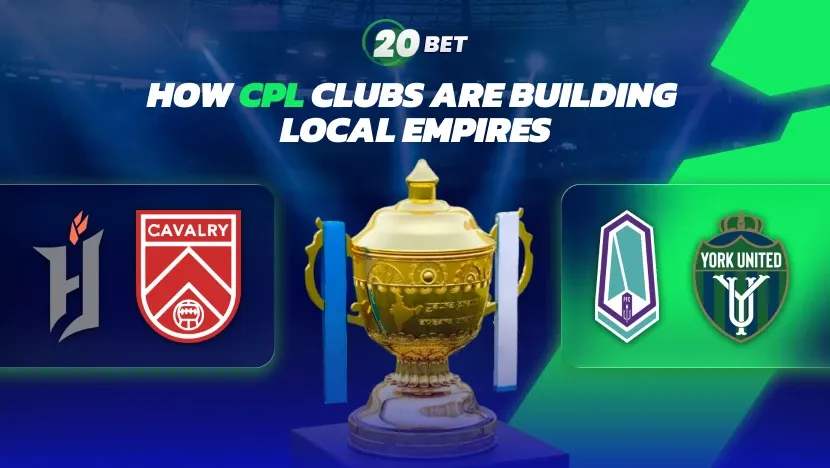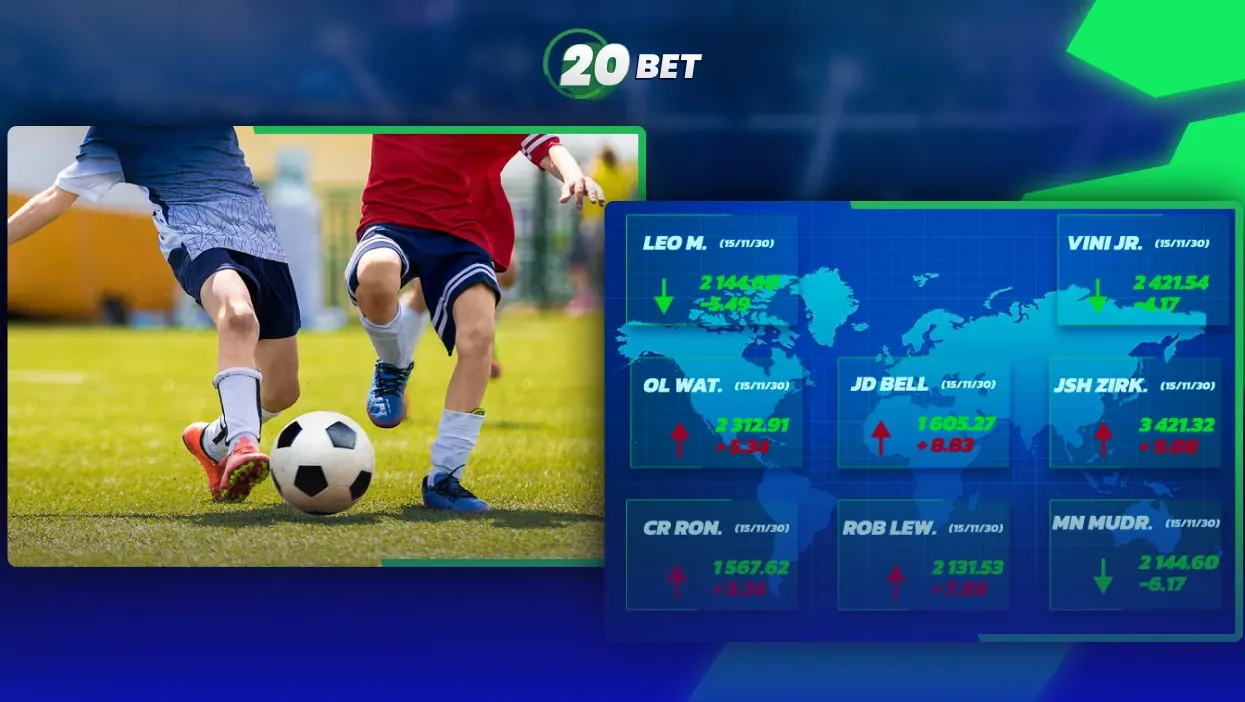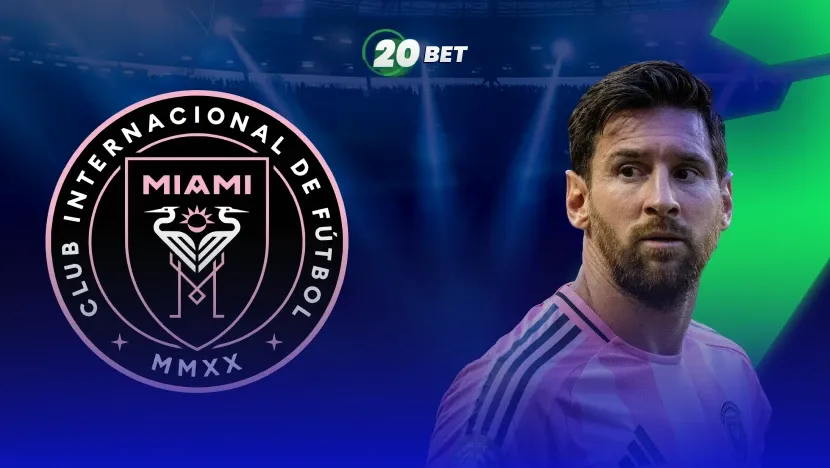Since its inaugural game in April 2019, the Canadian Premier League has grown into an eight-club top tier.
Supporters can open the OneSoccer app, log in, and catch the live score stream for every game. Season tickets start at CAD165, keeping the cost family-friendly. This low-friction access is a key piece of the CPL business model.
The league’s public resources outline every facility upgrade and publish annual franchise value estimates, proof that soccer in Canadian cities is finally paying off.
Why Canadian Soccer Is Experiencing a Business Revolution
The Canadian men’s national soccer team finally cracked the World Cup in 2022, and the buzz hasn’t faded. According to Transfermarkt, the CPL has drawn an average of 4,074 fans per match in the 2025 season and boasts a combined market value of €22.34 million, up almost 20% since its launch.
Investors see a clear path: a modest entry cost, strong grassroots, and a 2026 home World Cup that’s expected to pour fresh money into every soccer-related venture.
The league’s eight franchises keep their spending in check while pushing local pride to new heights. This mix is turning each Canadian soccer team into a small but growing business hub inside their city.
How the Canadian Premier League Was Built
The league began as a coast-to-coast pact: keep ownership Canadian, cap costs, and give homegrown players real minutes. Early backers accepted a long runway before turning a profit, opting for long-term stability over quick wins. That patient approach still guides every move – from stadium size to transfer fees.
Founding Principles and Market Research
Before the 2019 kickoff, CPL backers studied soccer in Canadian cities with no MLS presence. Surveys showed that fans were willing to pay MLS-level prices for a local product if the stadium felt intimate and the club badge reflected hometown identity.
League Structure: Ownership, Governance, and Revenue Sharing
The league created Canada Soccer Business to manage major sponsorship, broadcast license deals, and serve as the central merchandising platform. Clubs split that revenue evenly. On the cost side, a hard Player Compensation Budget of CAD1.282 million and a CAD30,000 minimum salary keep payrolls predictable.
Under-21 incentives reward youth minutes, aligning talent development with the national team pipeline – a key aspect of the CPL business model in action.
Strategic Expansion into Underserved Markets
Commissioner Mark Noonan, as reported by OneSoccer, has targeted 2026 for the addition of two new CPL teams, with Québec City, Kelowna, and Edmonton among potential candidates. Every bid must file detailed CPL stadium plans and prove long-term site control – lessons learned from earlier North American leagues that chased markets before shoring up bricks and mortar.
CPL’s Business Model: Sustainable and Community-Focused
Each club operates a lean front office, focusing on marketing and community outreach. Revenue comes from five steady streams:
- Matchday (tickets, parking, menu items, merchandise);
- League-wide sponsors (banking, beer, telecom);
- Local partners (auto dealers, breweries);
- Player transfers – an opportunity to earn from selling top talent to MLS or Europe, with future fees sometimes built into the deals;
- Digital: live score app ads and global streaming on OneSoccer, where fans log in for every game.
The list looks small, but low overhead makes the math work.
Building Local Soccer Empires: Cases with CPL Clubs
CPL clubs typically view their cities as their primary assets: street murals, brewery collaborations, and free school clinics draw neighbors into the fan base. These community-first tactics turn casual locals into season-ticket buyers, proving the CPL business can grow on pride as much as profit. Every new team now follows this playbook before it even kicks a ball.
Forge FC (Hamilton)
Forge are the benchmark. Four titles in six years and two CPL Shields confirm their dominance on the field. Off it, the club sell their gear in grocery stores alongside Tiger-Cats merch. A smart streaming partnership with Hamilton’s college TV station lets students produce free social clips, cutting costs and boosting reach.
Pacific FC (Vancouver Island)
Pacific have built a surf-style brand and host pre-game beach clean-ups. The club have signed a one-year stadium license with the City of Langford, which gives them flexibility while negotiating a larger waterfront site. According to the CPL Business Awards, Pacific also led the league in jersey sales revenue in 2023.
Cavalry FC (Calgary)
Based at horse-show venue ATCO Field, Cavalry won their first North Star Cup in 2024. Partnering with Calgary’s Great Events Catering, the club lean heavily on Alberta-sourced fare – think bison burgers and local craft beer – to keep concessions authentic and profitable, a smart marketing move that has doubled per capita spending.
Atlético Ottawa
Backed by Atlético de Madrid, Ottawa have brought European polish to the Canadian league. Instead of running a full-time grassroots academy, the club deliver Atléti Community Camps for U-8 to U-14 players and an invitation-only U-23 Development Program, both built on the parent club’s Red-and-White training methodology. That gives local talent a taste of Spanish coaching while keeping the structure light and seasonal.
Local Culture, Global Aspirations: Branding and Identity
CPL kits come with steel mills, surf coasts, and prairie skies rather than generic stripes. Forge’s 2025 jersey features grey hammers inspired by Hamilton’s hardworking spirit. Such details highlight the clubs’ identity and help them win free media outside their markets.
CPL vs. MLS
If you line up the core numbers, you’ll see how the CPL stays cost-efficient, while MLS demands a much larger investment.
| Metric | CPL | MLS |
| Franchise (expansion) fee | Over CAD10 million (≈ $7.28m; HFX Football Post) | $500 million (as of 2023, Reuters) |
| Club salary cap / player-compensation budget (2025) | CAD1.282 million (≈ $0.93m; CPL) | $5.95 million (mlssoccer) |
| Typical soccer-specific stadium capacity | 6 000-10 000 seats (e.g. Starlight Stadium’s 7,500 and Wanderers Grounds’ 7,000; transfermarkt.us) | 18 000-30 000 seats (range quoted by MLS for its 22 soccer-specific stadiums; mlssoccer) |
| Average franchise market value | €2.79 million (league total €22.34m ÷ 8 clubs ≈ $3.23m; transfermarkt.us) | $690 million (Forbes) |
The gap is huge, but the CPL’s lower cost allows owners to see a profit sooner. For players, the league offers a pathway to minutes, then a bridge to MLS or Europe.
The 2026 FIFA World Cup and Its Business Impact on CPL
With matches hosted in Toronto and Vancouver, the World Cup is bound to increase tourist traffic and TV attention. The CPL expects a record number of streaming subscriptions, and the clubs have pitched temporary grandstands to capture spillover fans. Federal grants are expected to cover some stadium upgrades, easing the burden on club capital.
Conclusion: From Clubs to Empires – Blueprint for National Soccer Growth
The CPL’s playbook is simple: keep costs down, anchor identity in local stories, and own the full fan journey – from live matches to highlight reels. That approach has already turned eight small outfits into profitable, proud neighborhood pillars. The next wave of expansion will test the model, but the fundamentals appear solid: soccer passion, tight budgets, and a World Cup tailwind. The empire-building has only started.
FAQ
How do CPL teams make money?









